What happens when a bunch of people related to Apple Inc. come together and make a smartphone? Well, a well-designed product definitely happens, and a lot of noise and marketing efforts happen. And that is precisely what has been happening with Obi Worldphone, as they begin their adventure of the Indian market with the launch of their first product, Obi SF1. Fortunately or unfortunately, Obi is lead by John Sculley, the man, most famous for firing a certain Mr Steve Jobs.

After a failed attempt at its first launch as the Obi Mobiles, a brand that made budget phones, Obi has rebranded, repositioned itself and is now in the market as Obi Worldphone. The brand wants to remain true to the heritage of several of its team members, which have a background of working at Apple, by making products that are visually appealing. While the Obi SF1 is without a doubt, quite a looker, let’s find out if there is anything beyond good looks that the Obi SF1 brings in our full review of the phone.
Pricing, Packaging and Availability
As we touched upon in our initial impressions of the Obi SF1, the device is exclusively sold right now on NDTV’s Gadgets 360 portal. The team from Obi did confirm that they plan to enter retail offline, though they will take their time to assess the market condition in India before making a move.
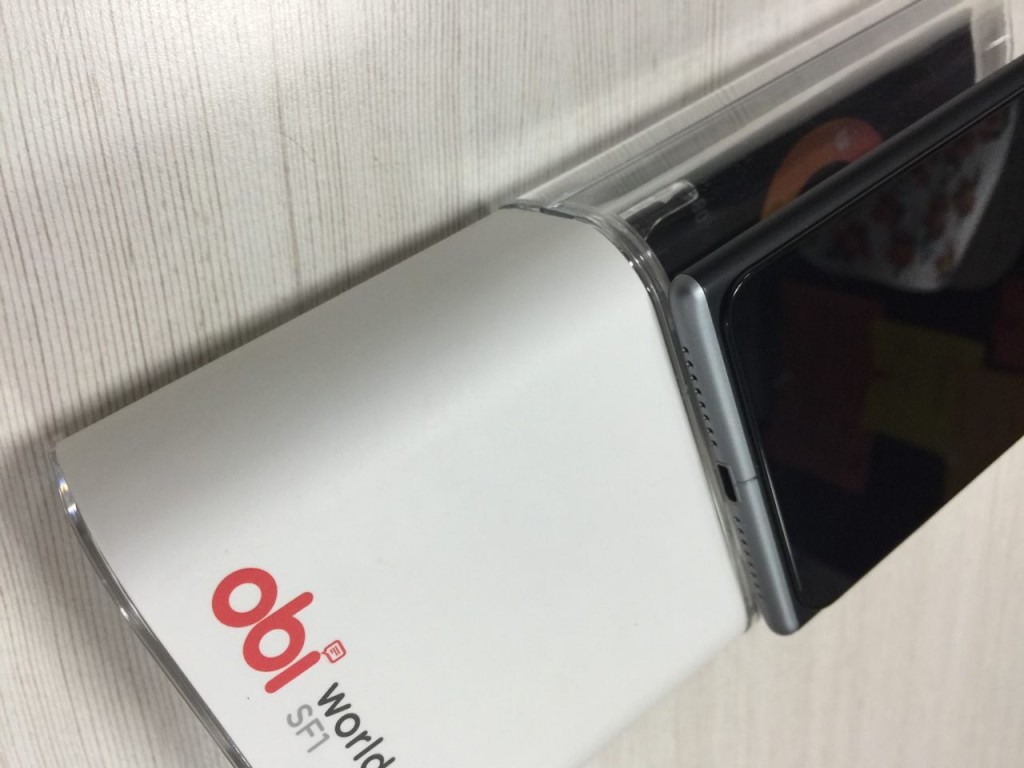
The packaging of the Obi SF1 is fairly unique. The phone comes with a transparent case, with it standing erect. The accessories are bundled in the lower fuselage of the package with Obi stickers all around it. If you have seen the packaging of say a GoPro or even the older iPod Touches, you will really appreciate the packaging of the Obi SF1.

The phone has been priced at Rs 11,999 for the 16 GB variant, while the healthier, 32 GB version will cost you Rs 13,999.
Hardware and Build Quality
The Obi SF1 smartphone is a hybrid of plastic, metal and glass. The phone is built very well like you would expect from anybody remotely connected to Apple. While the main body of the phone is made out of high-quality polycarbonate, you have two metallic strips on the top and the bottom of the phone. Uncharacteristically, the top of the phone has sharpened edges, while the bottom has rounded ones, which means that if you want to make the phone stand, you have to make it stand on the head and not the bottom.
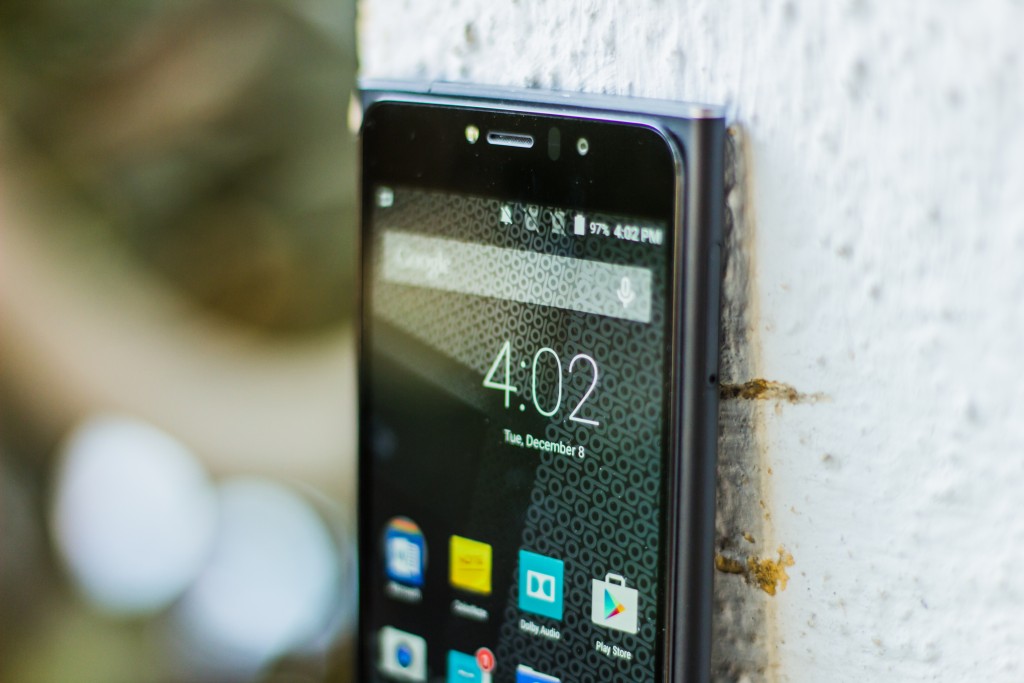
Another, sort of weird design decision is the fact that the display is kind of extruded out of the main body, which makes the entire phone look like an iPod touch riding on top of a flat power bank.
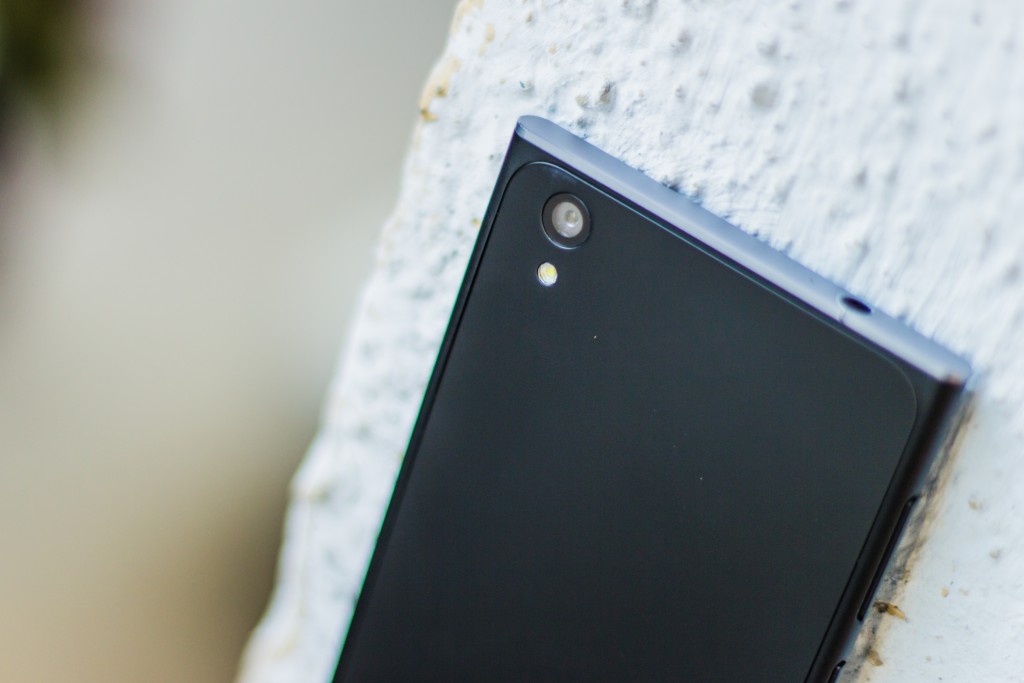
While, for the purists, this is something different from the regular block of plastic or metal that we have been seeing from the OEMs, we cannot help but think that this is different for the sake of being different. The protruded display, will have to take a lot of strain when the phone falls flat on the face and it may not be able to stand that, despite the Gorilla Glass 4 protection.
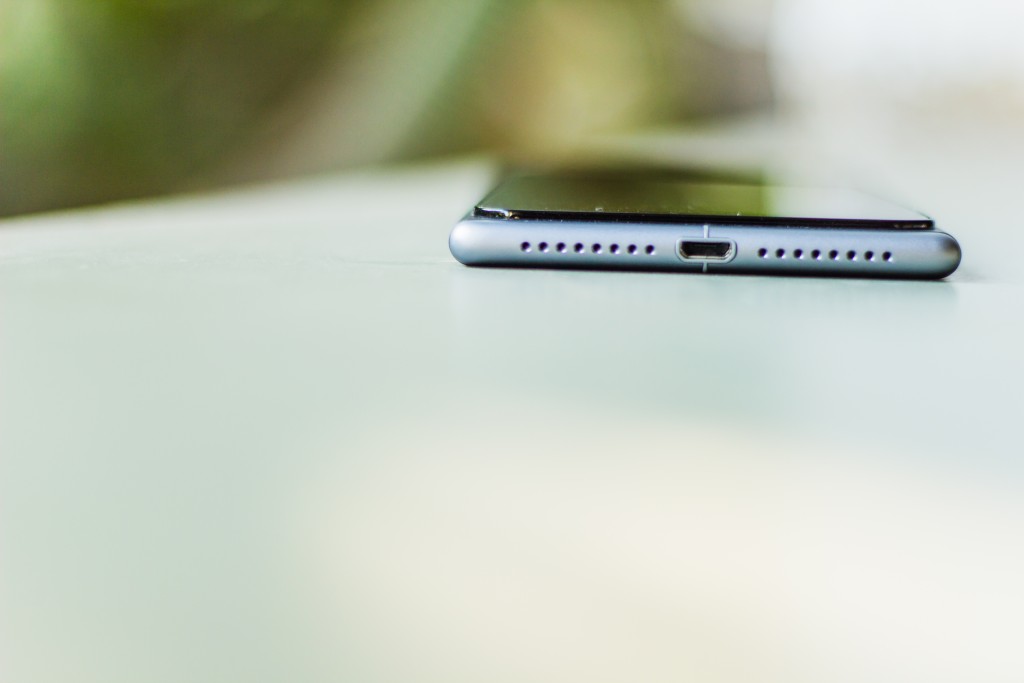
The front of the phone is dominated by a 5 inch Full HD IPS panel which is flanked by a front-facing camera on the top, right next to the speaker grille and a flashlight and absolutely nothing on the bottom bezel. The side bezels are not the thickest that we have seen, but the device could have done with a slightly smaller top and bottom bezels. The body of the phone has nice curved edges which does feel nice in the hand and allows you to easily switch from front to back. The top of the phone is the house of the 3.5 mm headset jack towards the left and a microphone for noise cancellation. Bottom of the phone has a very iPhone 6 like feel to it with a couple of grilles.
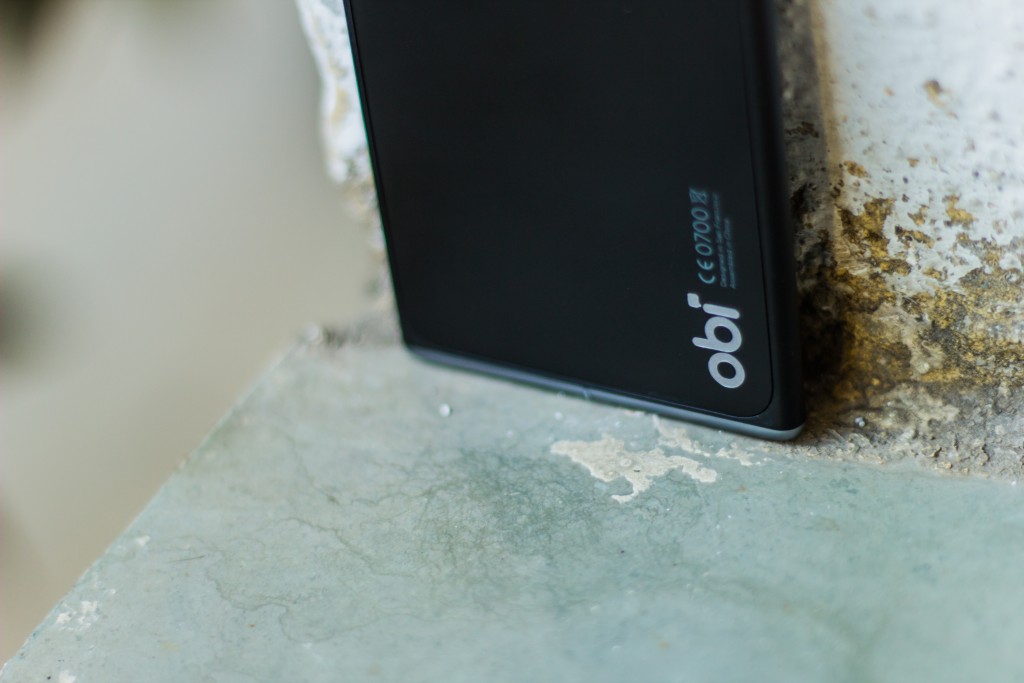
We like the fact that the phone sits flat on its back and has no protruding camera lens like the trend is today. The back of the phone also features the Obi branding etched nicely on the plastic and a moniker to specify that the phone was designed in San Francisco and assembled in China. There, you know why is it called the SF1.
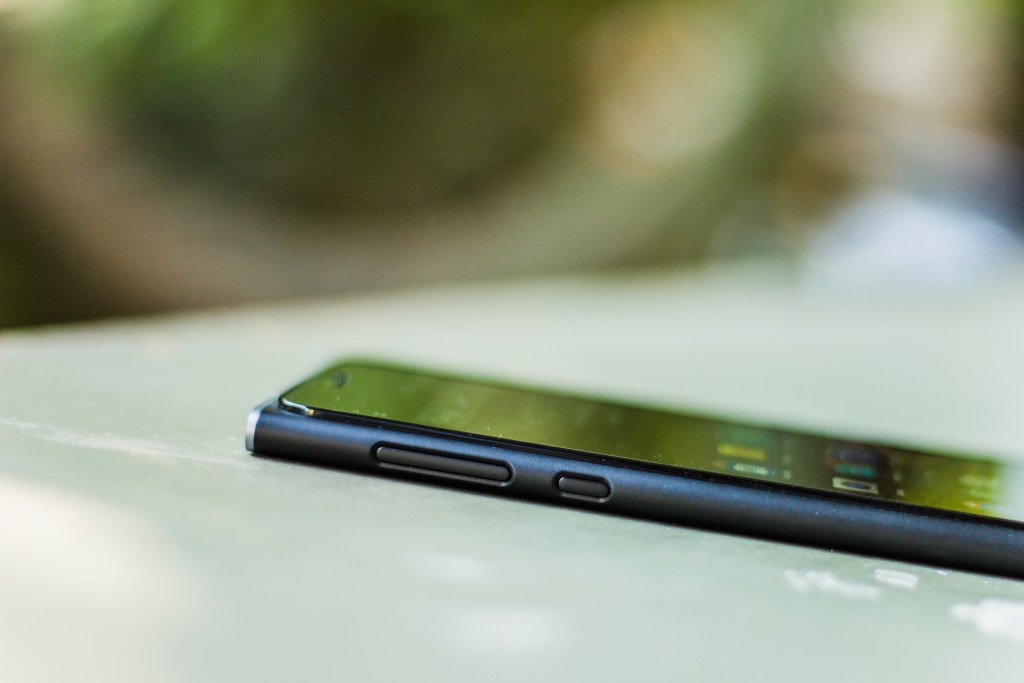
Overall, the phone feels good in the hand, but it is next to impossible to get over that raised display, not that it makes any difference in the usability. The size and weight of the phone are ideal for it to be used in one hand, so if that is a consideration for you, you will quite like the Obi SF1. The physical buttons are quite flushed in the body, but thanks to a depression in the body around them, they are fairly easy to locate.
Display
The phone features a 5 inch IPS panel with 1080×1920 pixel resolution, giving it a pixel density of 443 PPI. The display is not the brightest screen that we have seen, but the colors are really good and there is a very vivid contrast present. The screen is protected by Gorilla Glass 4, so that is a good news if you drop your phone a lot. We did feel that the whites were on a little warmer side, meaning they were a little yellow rather than being blue or purple, and we liked that. The blacks were deep enough and outdoor visibility at maximum brightness was fine too.
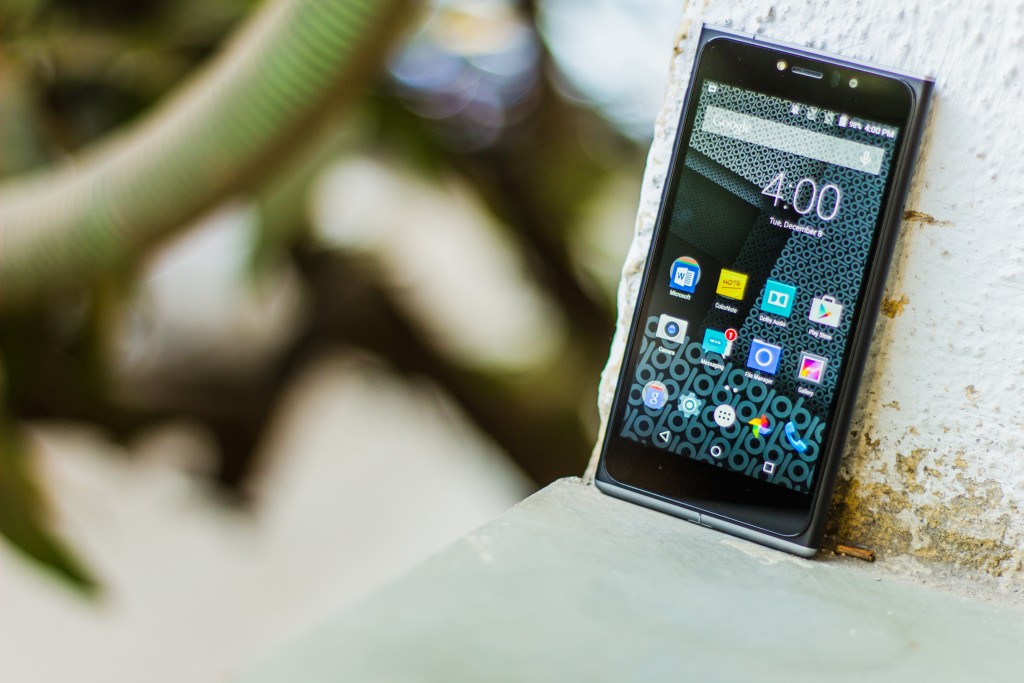
Viewing angles are some of the best that we have seen off late on the SF1 with pretty much no spectrum shift happening and colors holding true. It is a reflective display and the big thick bezel at the bottom, does pick up and show finger smudges easily. Other than this minor issue, we did not have any complaint with the display on the Obi SF1, its without a doubt, the standout feature.
Software and Performance
The reason why we have combined the software and performance aspect of the Obi SF1 is because of our experience where a lot of emerging brands get their hardware and design spot on but the software really lets down the performance.
This is why, we feel they are best when tackled together. Like we mentioned in our initial impressions, the Obi SF1 is largely running stock Android. The skin is minimal to changing very basic things like icons, look of the menu and the lockscreen. However, if you do not like these customizations, you do have the option to return to a full stock look on the phone too, which is neat.
The phone is running a rather dated Android version 5.0.2, and as a result, misses out on a lot of optimisations that Google did with the version 5.1 and 6.0. The Marshmallow update is in works and is expected to be out in the Q1 of 2016. The phone is powered by Snapdragon 615 chipset and has 2 GB of RAM when it comes to the internals. We have seen this combination is not really too ideal with the stuttering performance of Xiaomi Mi 4i and that theory does carry over here. The Obi SF1 stutters a fair bit in everyday tasks like quick app switching or even quickly switching between WiFi and Cellular Data.
There is a minor stutter in the app drawer and scrolling too, though a lot of this was reduced when we moved to Google Now Launcher. The chipset is definitely to blame here, because to their credit Obi has not added a lot of bloatware here, and RAM management is also decent. The 3 GB-32 GB version would be perhaps a little more smoother, but we only got the 2 GB-16 GB version to try out.
There are some nice software tweaks, whereby users can simply turn the phone face down to silence it if it is ringing or just put the phone to face if you wish to answer it, without touching anything on the touchscreen. Dual SIM card management is easy, and you can set clearly which SIM you wish to use as primary SIM to send text messages, use cellular data or make phone calls. You can also set functions to the buttons, as long pressing or double tapping actions can be set. You can calibrate the display of your phone, schedule the power on/off or set up profiles really easily too.
There is Obi Care inbuilt, which allows you a quick glance at the service center contacts. in our case, we were only able to see Vietnam numbers, but we are assuming, these will be replaced with Indian numbers in the retail units.
There is another interesting add on here, where if you swipe the screen you are on from a corner, upwards on the bottom, you have access to your recently used apps or contacts.
We did not face a lot of heating issues with the phone, but it did get a bit warm while playing pretty medium heavy games like Real Cricket. There were occasional frame drops while watching videos in 1080 P, and we hope these will be solved with software updates that would roll out. The benchmark scores were distinctively average too, confirming that the Obi SF1 is not a phone if you crave great performance.
Phone Call Quality
The Obi SF1 really shines when it comes to evaluating phone call quality. The background noise suppression works really well on the device and the inclusion of the Volume Booster feature that lets you enhance the volume when you receive the call. The general quality of the call quality was reminiscent of the old Nokia days and we liked that. Speaker quality was also fairly impressive, thanks to bottom firing speakers. The SIM tray is a hybrid one, so you can either include two SIM cards or simply add in a Micro SD card to expand your internal storage.
Camera
The rear camera on the Obi SF1 is a 13 MP sensor while the front-facing snapper is 5 MP. You have a single LED flash, both on the front and the back, and we kind of missed the Dual LED setup that most of the phones have today, like the iPhones or majority of high end Samsung Phones. The reason, for this, is that with a white flash, the images look a bit artificially lit when the flash is used. The camera in itself lacks OIS and as a result, until you really mount the phone on a tripod or use very steady hands, you are bound to end up with a blurred image.
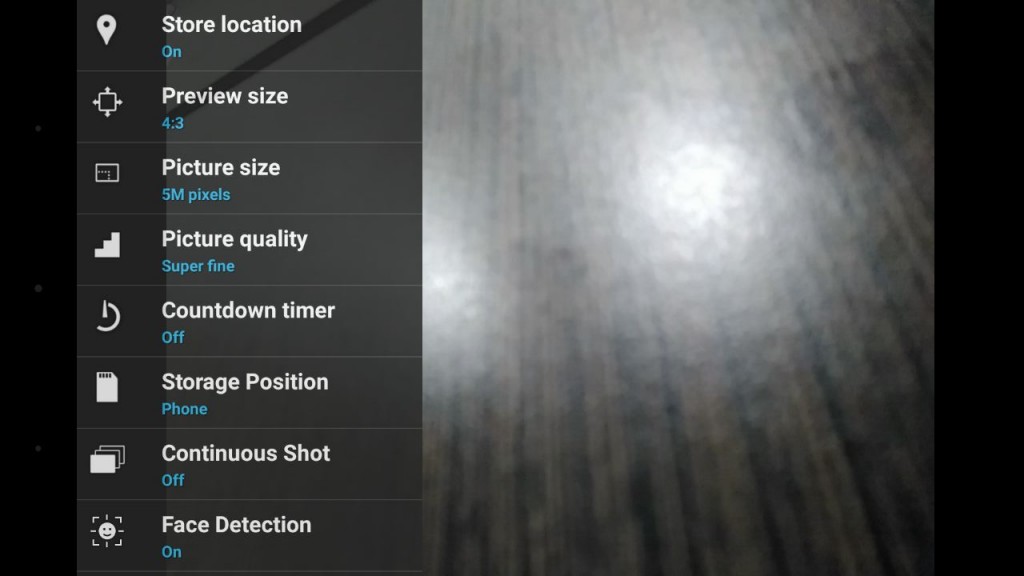
The camera shoots subjects that are close by really nicely, but struggles for details in long shots. The colors on the pictures are generally balanced and natural, and you do not have any overexposed or high levels of post processing going on here. Low light performance is not the best and you have lots of noise creeping in the shots. The camera has a couple of interesting features such as ReFocus, which allows you to shift the focus between subjects and Opti Zoom that promises lossless zoom, neither of which work perfectly.
The app does allow you to take matters in your own hand and you can set several parameters such as ISO, White Balance, Contrast yourself. The HDR Mode allows you a slightly wider dynamic range and there is a noticeable difference between an image taken with HDR on and one with it off. Video recording, due to lack of OIS is not the best when there is a lot of motion involved. There is no focus shifting possible when you are shooting videos, so that was a bit of a letdown.
Battery Performance
The standby performance of the Obi SF1 is actually pretty impressive as the phone easily lasted us for good two days, with just WiFi and Sync on and nothing else.
Regular usage saw us draining the phone out completely in about 22 hours with a SoT of about 3 hours and 15 minutes on an average. Thanks to Quick Charge 1, that the phone comes with, the first 30% of the battery takes about 25 minutes to fuel up and that was a good help.
Conclusion
Despite really wanting to call the phone a good buy, thanks to a design that at least dares to be different, there are too many rough edges around the SF1 that hold us back. The UI glitches, less than practical design, an average camera and potential delay in updates are our main concerns. The phone is an online exclusive and for a new brand that has very little known about it, this is a bit of a downer as we feel the Obi SF1, thanks to its packaging, is a phone that would actually do well in retail. However, till that happens and Obi can sort out the software side of the story, its a case of just another player in an already rather crowded space, in spite of a design, that is radically different to anything else that we have seen.


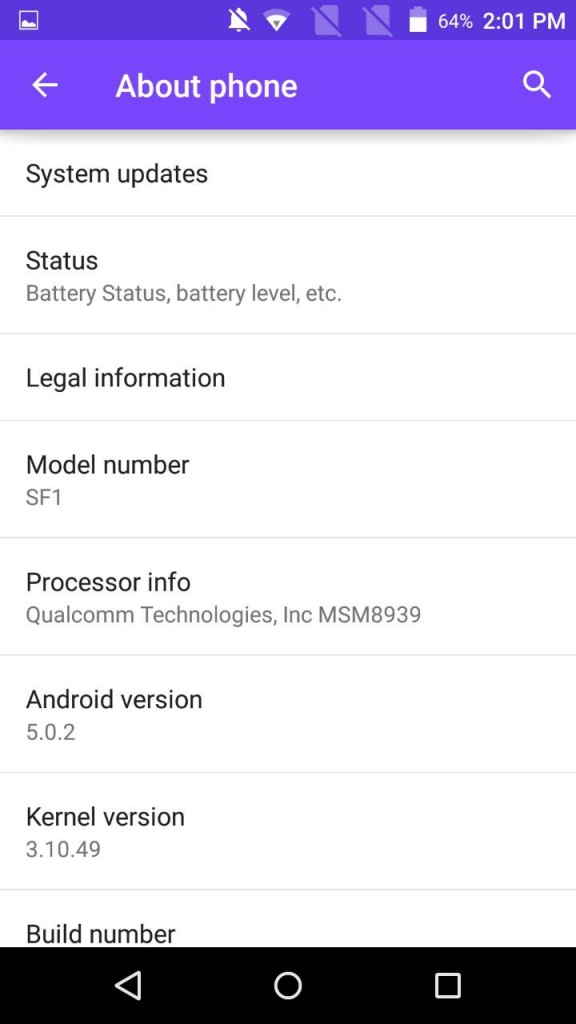
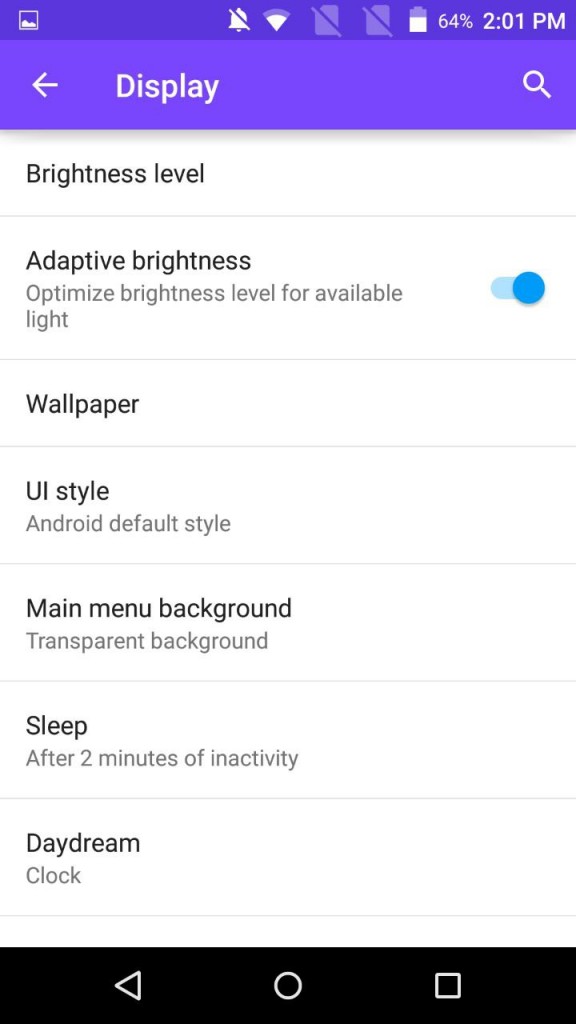

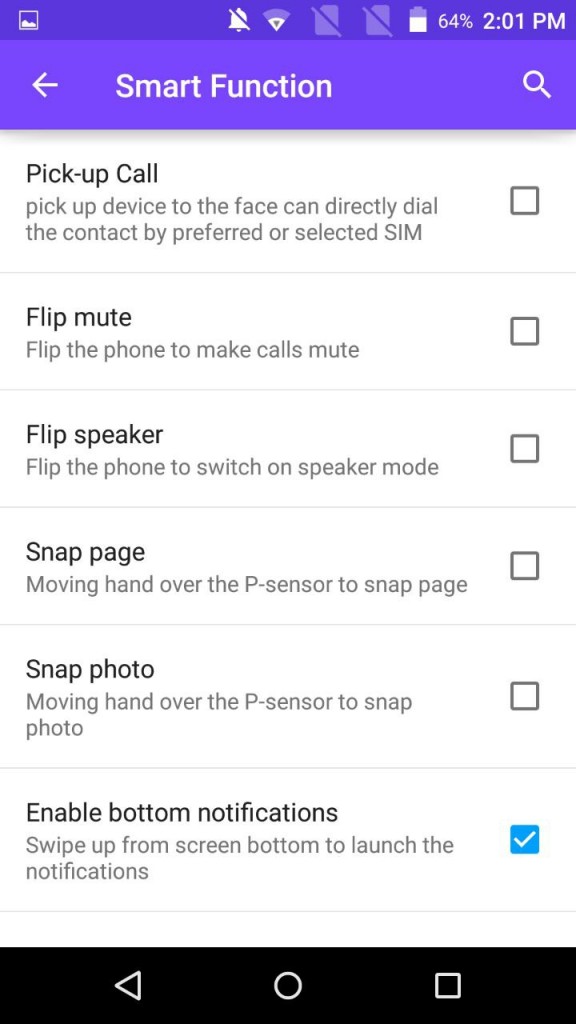


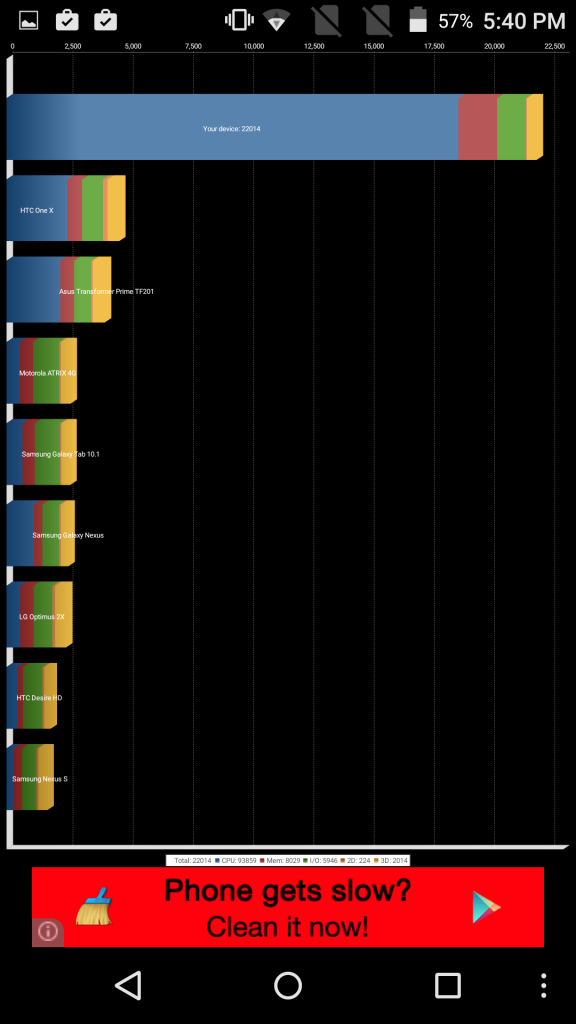
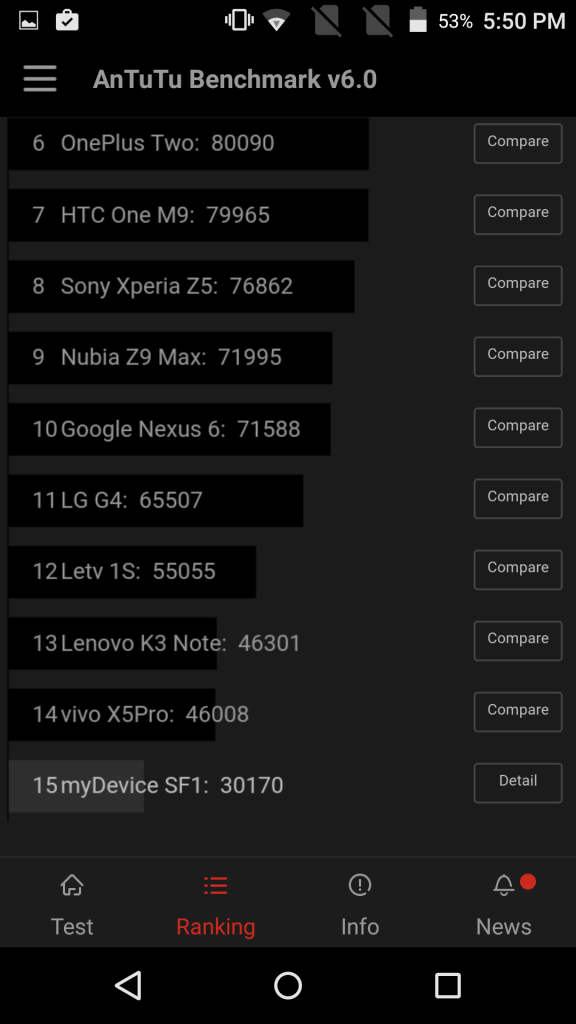




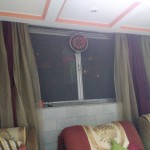
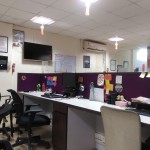

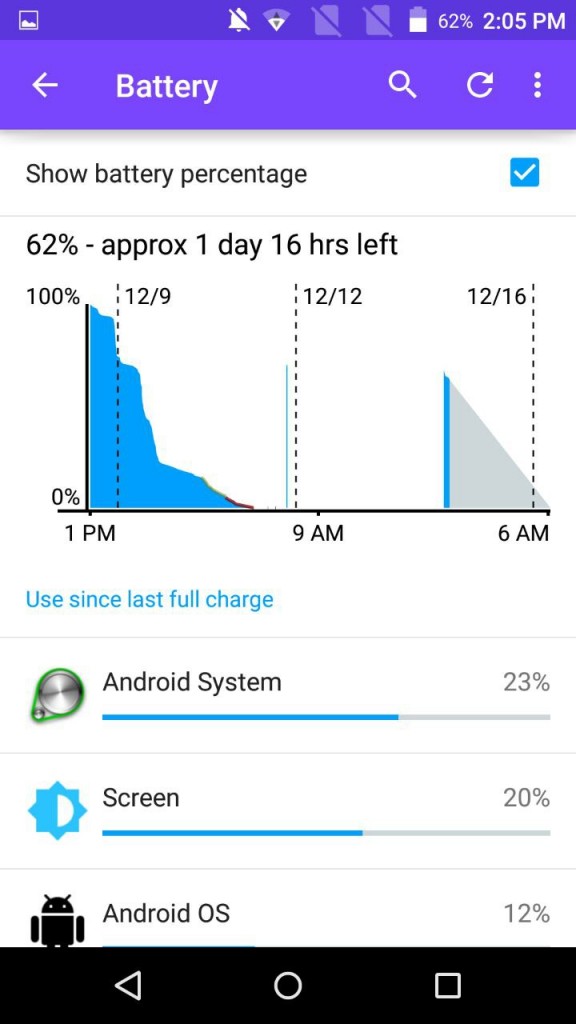
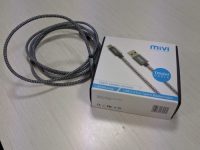
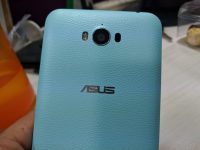
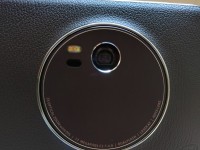

its a real good phone
Does obi sf1 support ios app
How to update my obi sf1